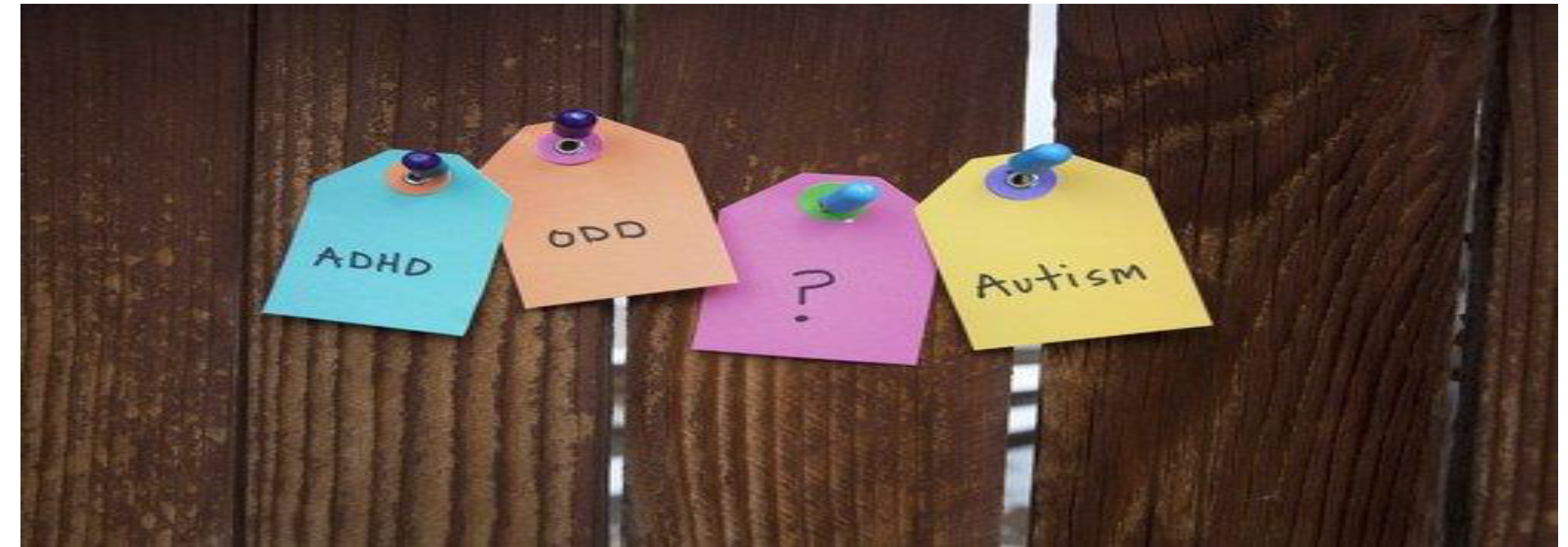
27 May Labels Aren’t the Problem; It’s Their Permanence and Scope
Originally posted in Ed Week on May 20, 2018
My friend, Peter DeWitt, recently wrote an insightful piece for this blog on “Are Labels Preventing Students from Succeeding?” (May 14, 2018). Peter argued that labeling students is a deeply complicated, multi-layered process with confounding effects.
On the bright side, labeling allows students to get the specialized help they need to be successful in school from adults most qualified to provide that assistance. In many cases, labels also help students gain individualized accommodations or program modifications to facilitate their learning. On the dark side, however, Peter aptly points out that labeling may create glass ceilings for students that hold them back. Labels may actually limit rather than expand students’ opportunities.
The real problem rests not so much with the labels but with their permanence and scope. Labels sometimes assign students to fixed categories, and getting out of that category can be tough. To remedy the potentially negative consequences of labels we must do two things. First, we must ensure that in most cases, labels are understood to describe a temporary situation rather than a permanent condition. Second, we must link labels to specific learning goals rather than consider them immutable characteristics of particular students.
The Permanence of Labels
A contributing factor to the permanence of labels is simply our language; that is, English. The distinction between permanent and temporary conditions is not as clear in English as it is in other languages. The difference is much more explicit, for example, in Spanish.
In Spanish, “es” is a conjugation of the verb “ser,” which means “to be.” “Ser” is used for things that are permanent or consistently descriptive. “She is a happy person” is translated, “Ella es una persona feliz.” This describes a permanent attribute or consistent aspect of her personality. Characteristics of a person or thing that are enduring or unchangeable require “ser.”
“Esta” in Spanish is a conjugation of the verb “estar,” which also means “to be.” But “estar” is used to describe temporary conditions like moods or location. “She is happy” is translated, “Ella esta feliz,” which means “She is happy now, but tomorrow she might be sad.” Conditions that are transitory and alterable require “estar.”
The labels we use to describe students should similarly be seen as temporary conditions, not as inalterable characteristics. Perhaps if we used Spanish labels with the verb “estar” it would make that more evident. As Peter emphasized in his blog, students are not static. Their knowledge and skills, along with their talents and abilities, are constantly changing. As educators we must maintain this perspective of the dynamic nature of students, and we must help students develop that same perspective of themselves.
When facing a learning challenge, for example, we want students to recognize that although they may be struggling today, tomorrow that can and will likely change. Everyone struggles with some things at some times. Other things on other days may come more easily and won’t involve as much struggle. Most important, we want students to know that teachers are there to help them when those struggles occur, and are ready to offer guidance and assistance.
The Scope of Labels
In addition to seeing labels as temporary conditions, we must be sure we associate labels with specific learning goals rather than consider them a characteristic ascribed to particular students. A student may have difficulty in language arts, for example, but do well in mathematics. Another student may struggle with social studies, but excel in science. Even within a subject like language arts, one student may have problems with reading but demonstrate exceptional talent in speaking and oral presentations. In mathematics, a particular student may experience difficulties with accuracy in basic computations but have great skill in problem solving.
In other words, the label is not attached to the student as an individual, but to the student in relation to a specific learning goal. A student who is considered a struggling learner with regard to one learning goal may be a gifted learner with regard to another goal. As Will Rogers remarked, “Everybody is ignorant, only on different subjects.” Whether students are struggling learners or gifted learners can change with every learning goal and every instructional unit. 3
What is the Solution?
The solution, therefore, is not simply to stop labeling students. That’s a naïve solution to a complex issue that would deny many students the special assistance they need and deserve. Does anyone really believe that if we simply stop labeling it will cause all students to learn better and gain more than a year’s worth of growth? It’s not the labeling that matters. It’s what we do with and about those labels that matters.
What we must do is change the way we perceive, interpret, and act on labels. As Peter stressed, we should never use labels to “put students into boxes” that deny them opportunities and hold them back. Instead, we need to use labels to ensure that students receive the individualized opportunities and support they need to be successful learners. In particular, we must make certain the labels we ascribe to students are seen as temporary and targeted to specific learning goals.
Peter ended with “If it’s good enough for a special education student, it should be good enough for any student.” A comparable insight was offered by Robert M. Hutchins, former president of the University of Chicago, who said of programs for gifted students, “The best education for the best is the best education for all.” The idea is that labels should never pose limitations, but rather should prescribe direction in our efforts to provide the best and most appropriate education for all of our students.




Sorry, the comment form is closed at this time.